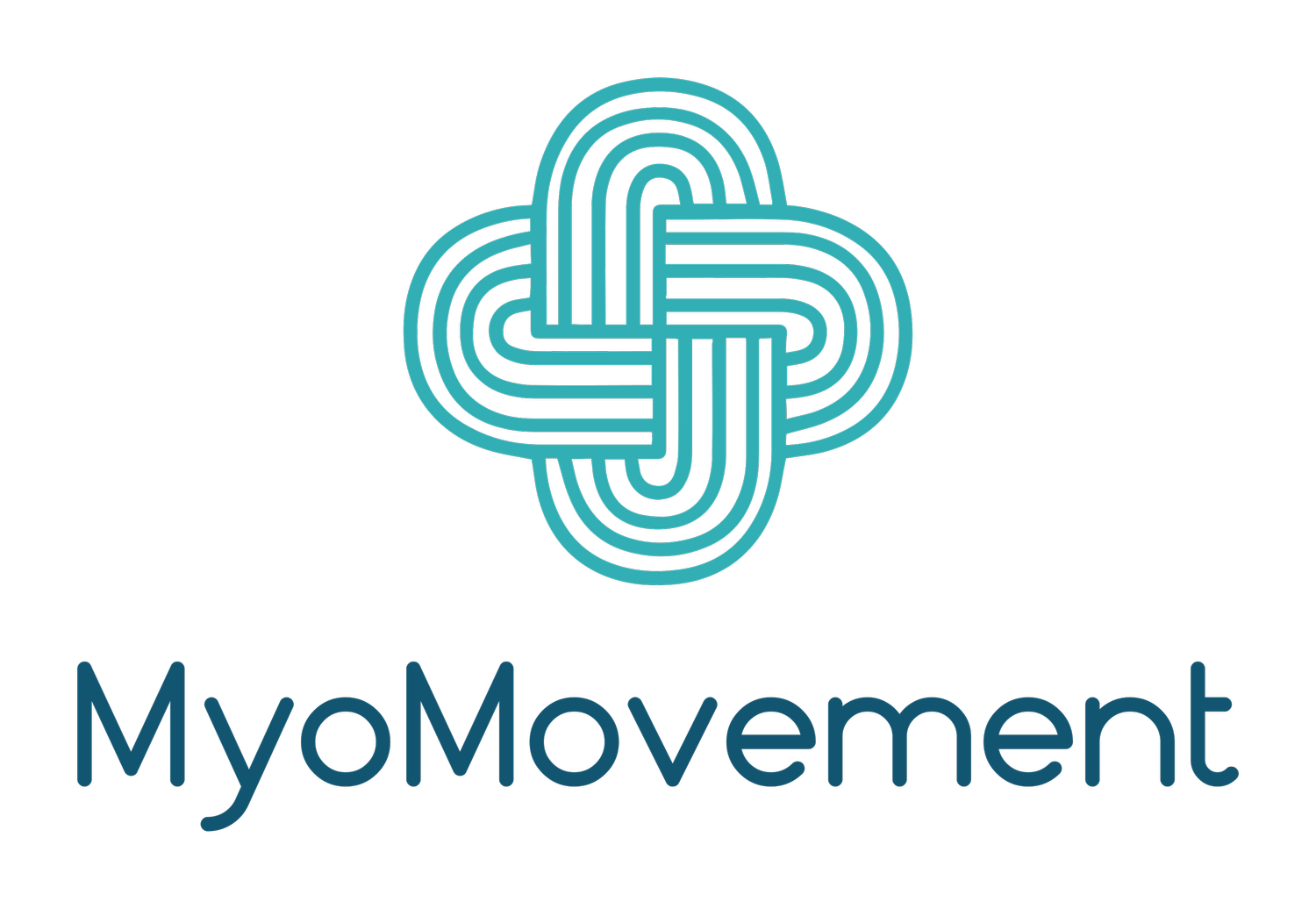
Frequently Asked Questions
General Questions
What is myofunctional therapy?
Myofunctional therapy is a program of exercises designed to improve the function of the tongue, lips, and facial muscles. It helps with breathing, swallowing, speech, and overall oral health by retraining improper muscle patterns.
Who can benefit from myofunctional therapy?
People of a variety of ages can benefit from myofunctional therapy, including children, teens, and adults who experience:
Mouth breathing
Tongue thrust
Sleep-disordered breathing (e.g., snoring, sleep apnea)
TMJ pain or jaw tension
Speech difficulties
Orthodontic concerns (e.g., relapse after braces)
We typically work with clients 4 years and older, as the exercises need to be replicated and the client must have the ability to follow directions.
How does myofunctional therapy work?
The therapy consists of guided exercises that target the muscles of the face, tongue, and throat. Over time, these exercises help establish proper muscle function, promoting healthier breathing, swallowing, and posture.
Treatment & Process
What does a myofunctional therapy session look like?
Sessions typically involve assessment, instruction on specific exercises, and guidance on how to integrate these exercises into daily life. The goal is to develop long-term muscle memory for proper oral function.
How long does myofunctional therapy take?
Most treatment programs last between 6 to 12 months, depending on the individual’s needs and progress. Consistency with exercises is key to achieving lasting results.
Is myofunctional therapy painful?
No, myofunctional therapy is non-invasive and pain-free. Exercises are gentle and designed to strengthen and retrain muscles over time.
Conditions & Concerns
Can myofunctional therapy help with sleep apnea?
Yes, myofunctional therapy has been shown to help with mild to moderate sleep apnea by strengthening airway muscles and promoting nasal breathing. It is often used alongside other treatments like CPAP or oral appliances.
Will this therapy fix my tongue tie?
If you have a tongue tie (restricted tongue movement due to a tight frenulum), myofunctional therapy can help prepare your tongue for a release procedure (frenectomy) and assist with post-procedure rehabilitation.
Does myofunctional therapy replace orthodontic treatment?
No, but it complements orthodontic work by ensuring that the tongue and facial muscles support proper dental alignment, reducing the risk of relapse after braces.
Appointments & Logistics
Do you offer virtual appointments?
Yes! We provide virtual myofunctional therapy sessions, allowing you to receive treatment from the comfort of your home.
Do I need a referral to start therapy?
No referral is necessary! You can schedule a functional evaluation directly through our website. However, we do collaborate with dentists, orthodontists, and other healthcare providers when needed.
Does insurance cover myofunctional therapy?
We are fee-for-service. Myofunctional therapy is often considered an out-of-pocket service, but we can provide documentation for you to submit to your insurance company for possible reimbursement.
How do I get started?
Simply book an evaluation through our online booking or contact us via email, call or text to learn more!

